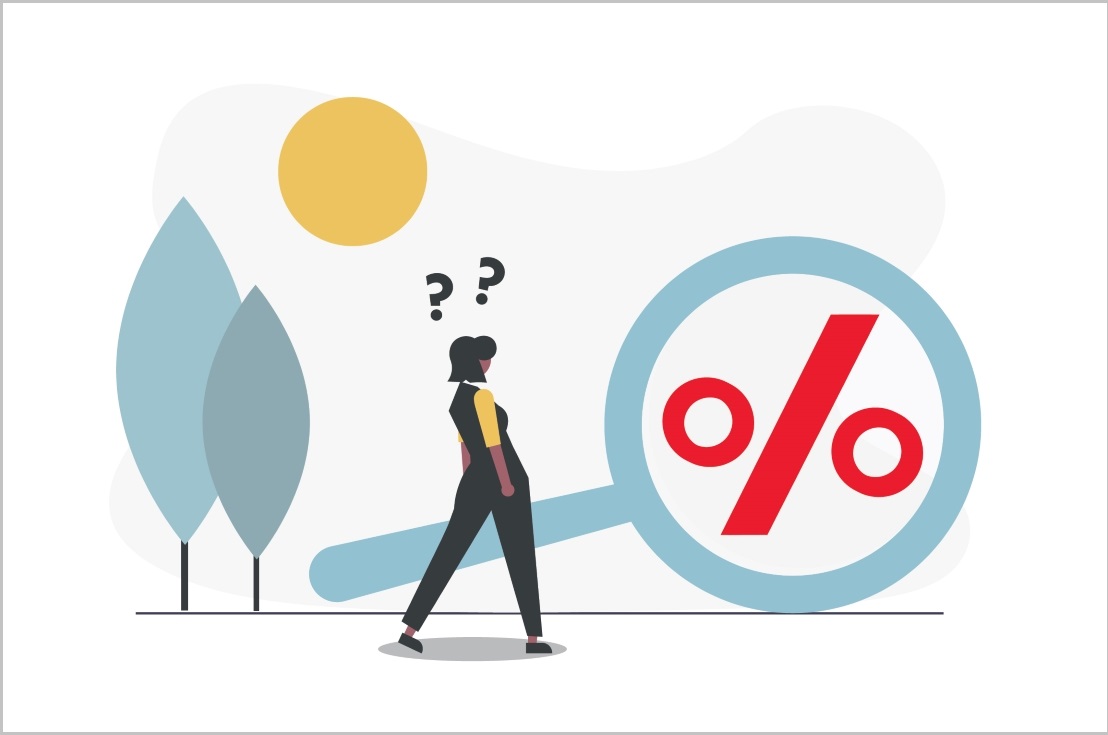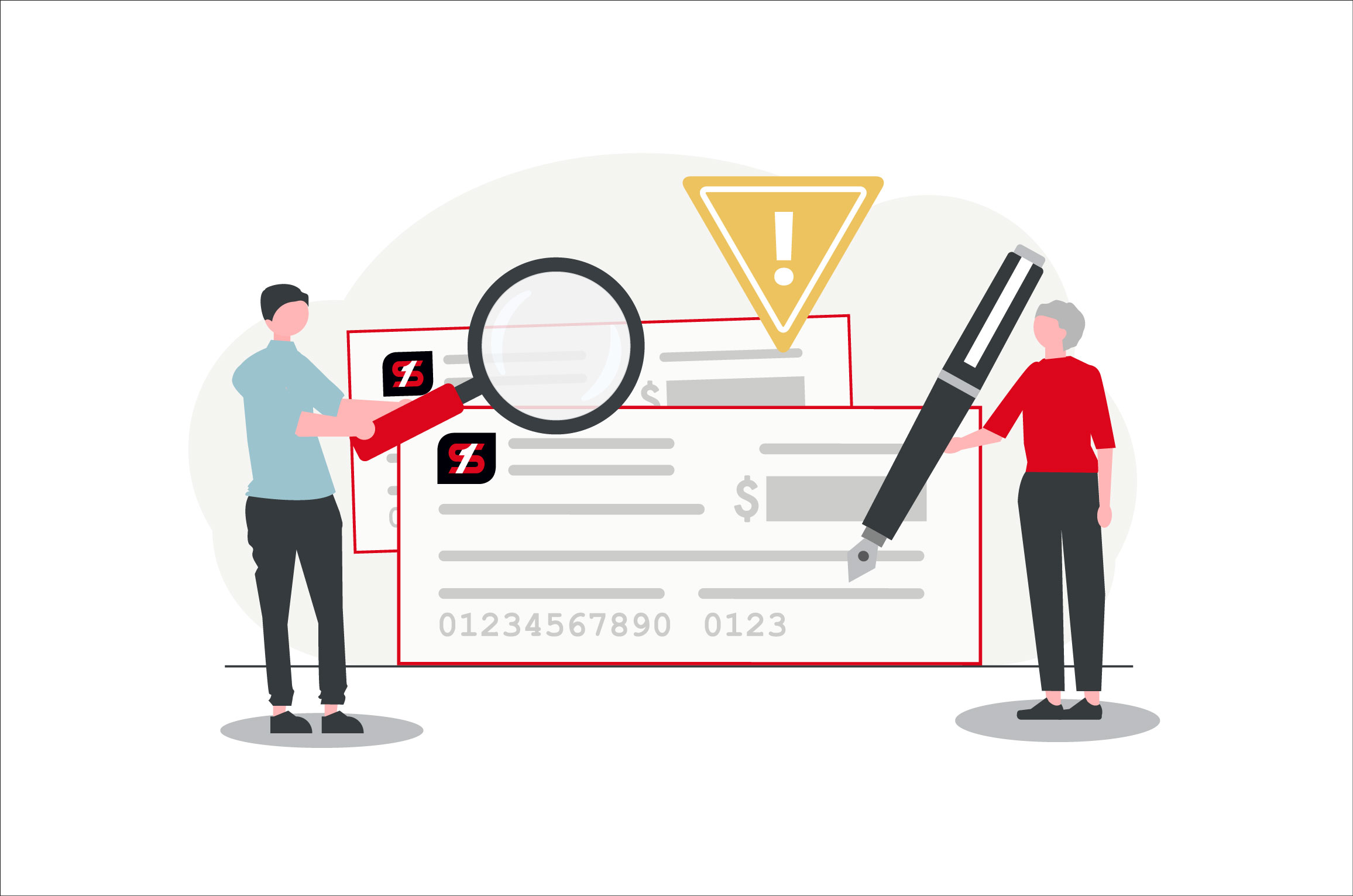Federal interest rate cuts explained
What does it mean when interest rates are cut?
The action of cutting interest rates involves lowering the Federal Funds target rate, which is the rate banks charge each other when lending money overnight to meet the federal reserve requirement. This is important because the target rate acts as a benchmark for a wide range of other interest rates.
Why does the federal government cut rates?
The goal of cutting interest rates is to control inflation and stimulate economic growth by making financing more affordable. This encourages both businesses and consumers to invest and borrow more.
What is the impact of a rate cut?
Positive impacts of lower rates include:
- Borrowing is generally cheaper for consumers, allowing them to have lower financing costs for purchases on consumer goods, as well as bigger purchases like cars and homes. This boost in consumer spending can stimulate economic growth.
- Businesses are more likely to take out loans for expansion projects or to invest in new equipment. This can lead to job creation and further economic expansion.
- Lower interest rates often lead to higher stock prices as investors look for higher returns than what is offered by savings accounts and bonds. This can increase wealth for individuals who own stocks directly or through retirement accounts.
Negative impacts of lower rates include:
- Investors receive lower earnings on their deposits.
- There is a risk of the economy growing too quickly which can cause the prices of goods and services to increase, leading to inflation.
Let’s recap:
Lowering the federal funds target rate influences various financial activities and decisions across the economy, from personal loans for big purchases to business expansions and stock market investments. While federal interest rate cuts can make borrowing cheaper, they also pose the risk of inflation.






